The polar ice caps are desolate, impressive, icy wastelands. They’re also the target of a lot of scientific research. In particular, researchers are interested in the changing landscape of the ice caps.
While these changes tend to be subtle and drawn out, every now and then there is a dramatic change. Such a change recently happened, resulting in the creation of a new iceberg.
The Brunt Ice Shelf
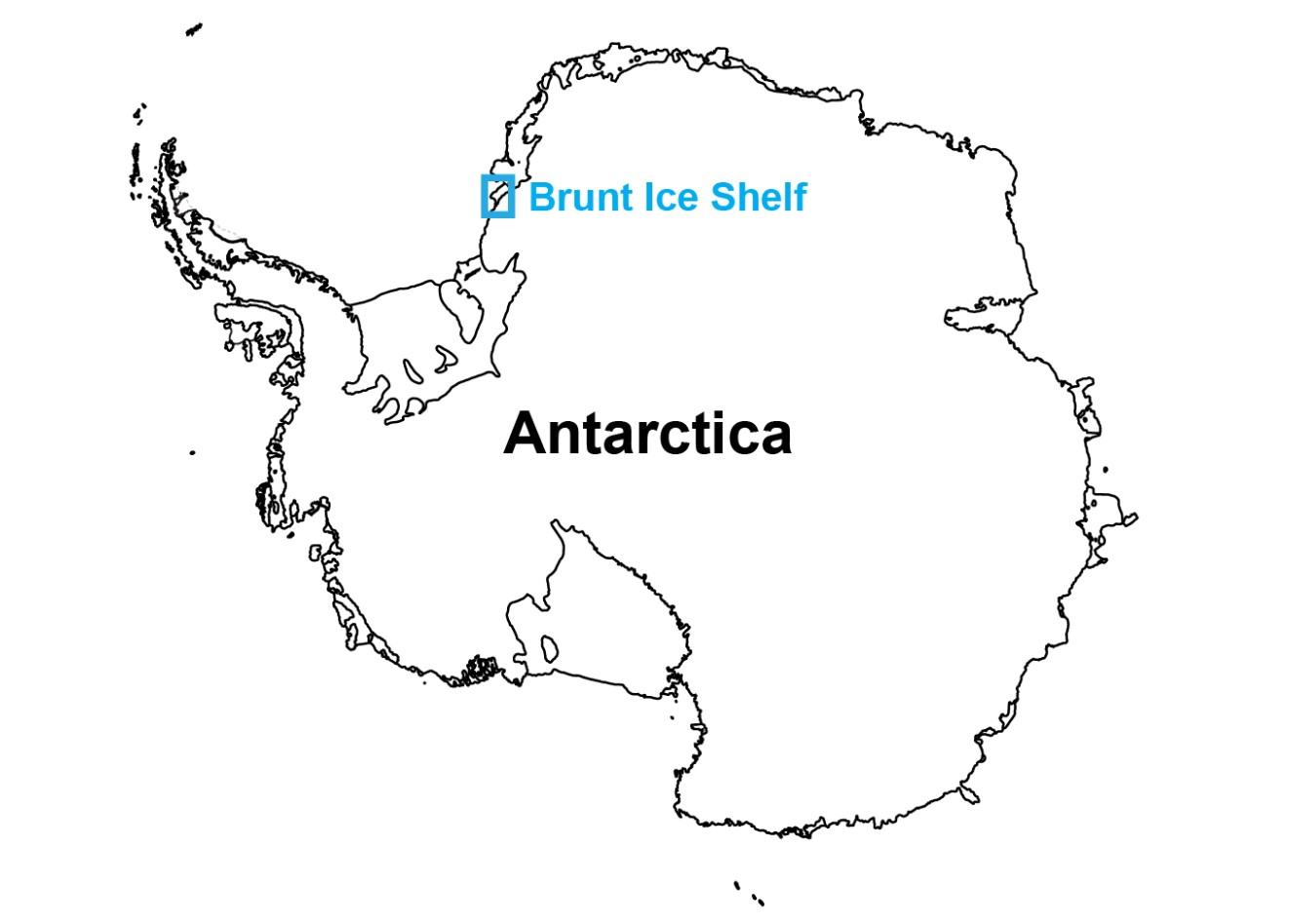
A huge chunk has broken off of Antarctica’s Brunt Ice Shelf, as confirmed by satellite imagery and reported by the European Space Agency.
The Brunt Ice Shelf borders the Antarctic coast of Coats Land between Dawson-Lambton Glacier and Stancomb-Wills Glacier Tongue. In 2012, researchers began to notice that chasms in the ice shelf were starting to expand.
Clinging on Since 2012
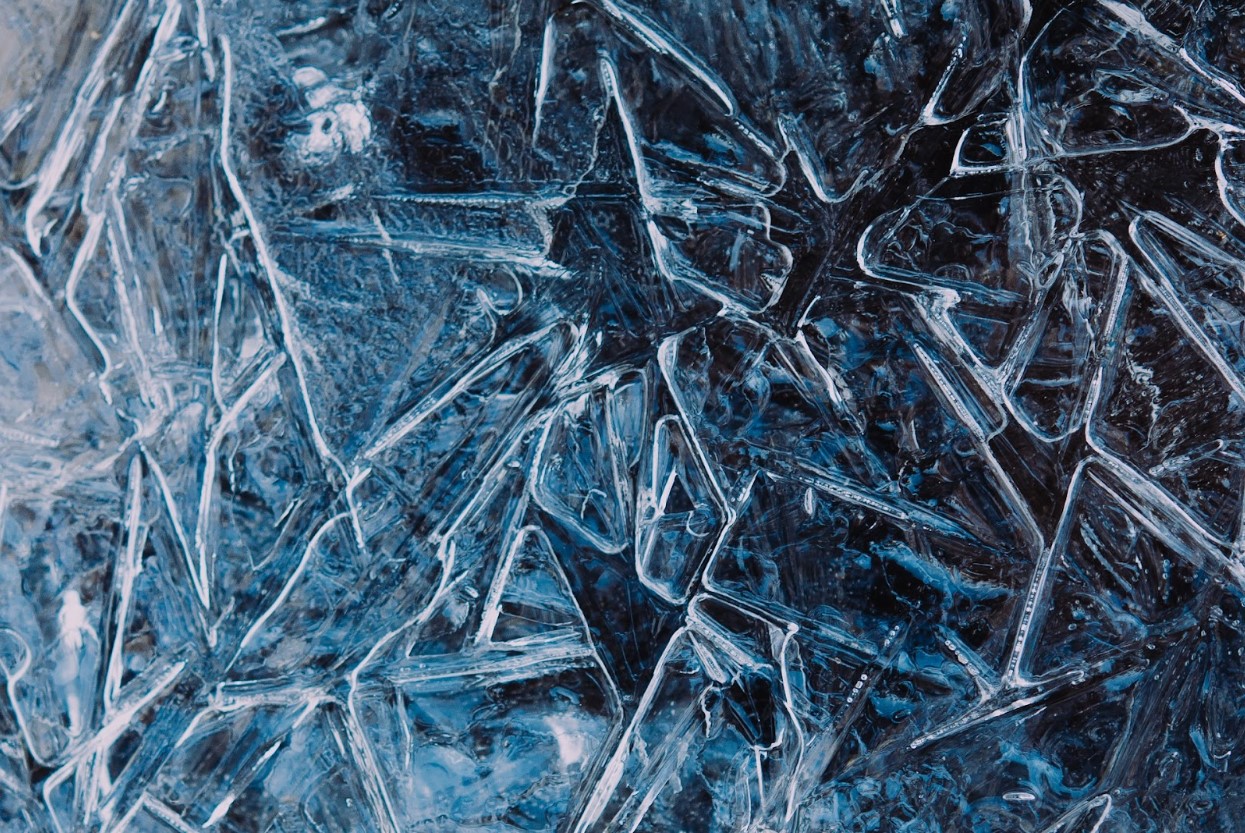
The crack that eventually led to the creation of this new iceberg was first revealed to be extending in 2012, having previously been dormant for decades.
The chunk of ice had been desperately hanging on for several years. It would appear that it could cling on no longer, and a massive calving event has now taken place.
Satellite Images Confirm the Break
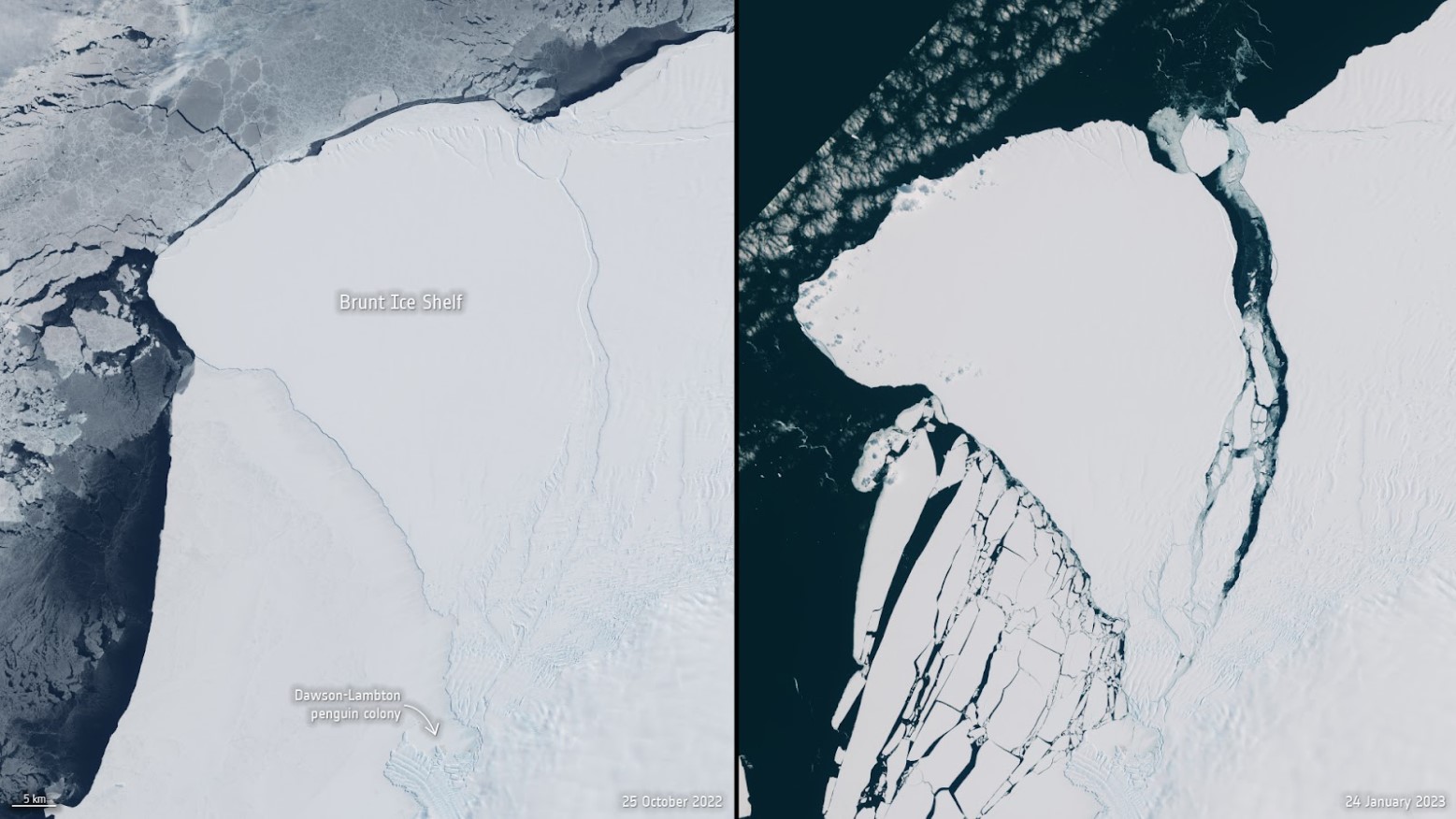
Image data from the Copernicus Sentinel missions has visually confirmed that the crack identified in 2012, known as Chasm-1, has fully extended northward.
The extension of this crack in the Brunt Ice Chelf has essentially severed a portion of the western part of the shelf, meaning a huge iceberg has broken off the Antarctic Ice Shelf.
A Long Time Coming
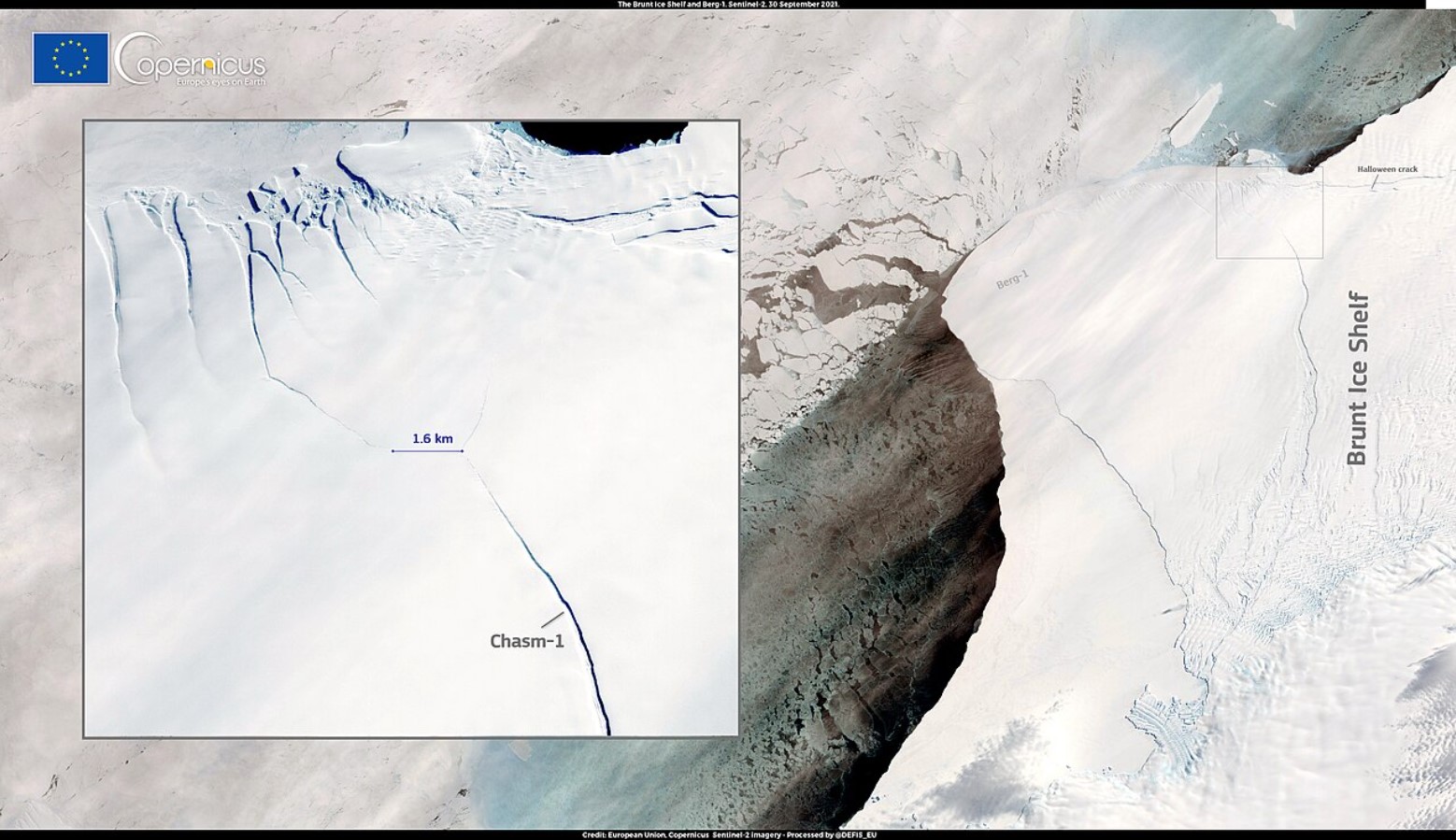
Ever since first noting the crack in 2012, experts have long anticipated such a calving event. The timing of it finally taking place, however, was unexpected.
Experts have long been monitoring cracks in the Brunt Ice Shelf. They knew it was only a matter of time before Chasm-1 would meet with the Halloween Crack, so named as it was first spotted on Halloween 2016.
A Huge New Berg
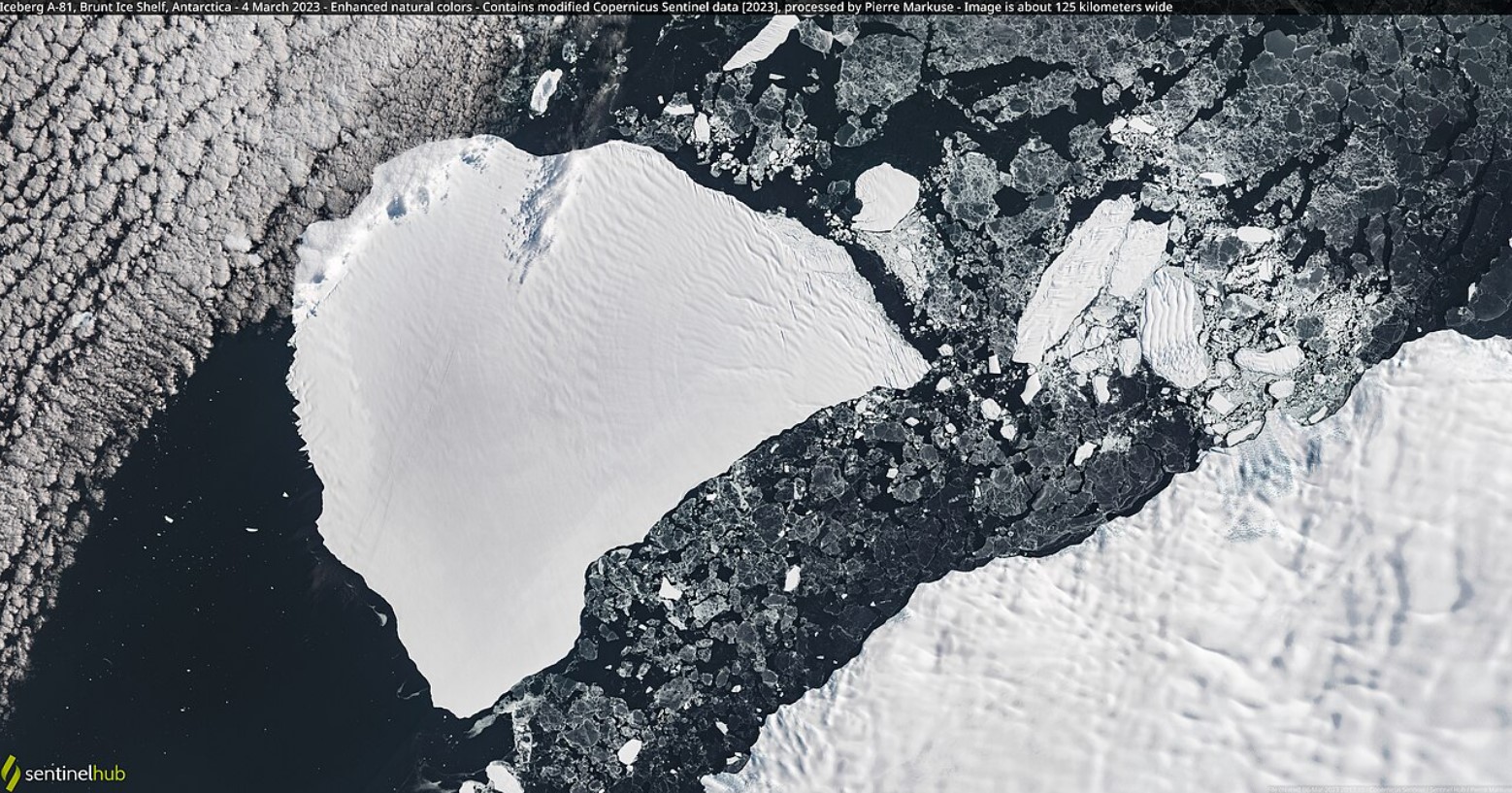
When Chasm-1 did finally meet the Halloween Crack, a large chunk of ice broke off the Brunt Ice Shelf, as the satellite images show, and a new iceberg was born.
This massive chunk of ice is estimated to be about 1550 square km (963 square miles) in size and potentially about 150 m thick.
Naming the New Iceberg

Icebergs are traditionally named with a capital letter indicating the Antarctic quadrant in which they were first sighted, followed by a sequential number. If the iceberg breaks into smaller pieces, a sequential letter suffix is also included.
This new iceberg is anticipated to be named A-81. A smaller chunk to the north will likely be designated either A-81A or A-82.
Preparing for the Split
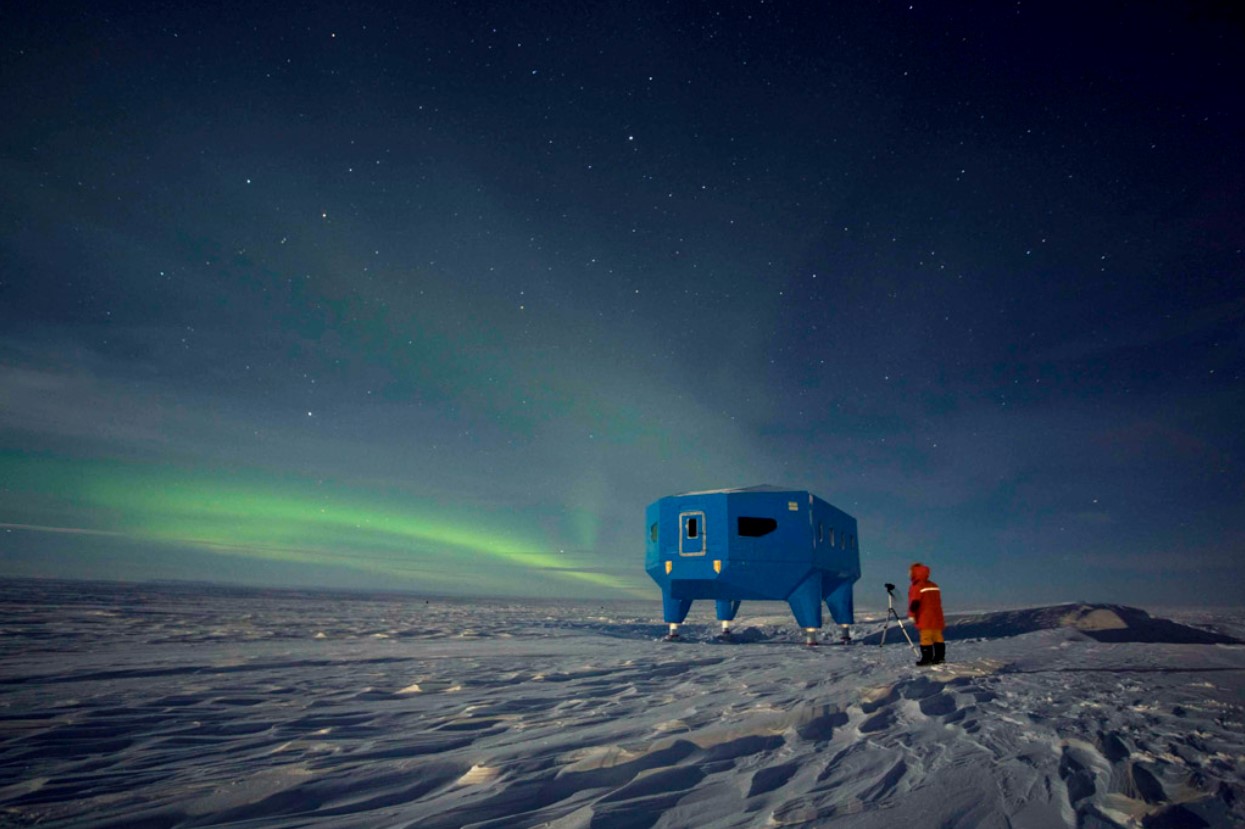
The split was first reported by the British Antarctic Survey (BAS) as having happened on 22 January.
This calving event was a long time coming, and researchers were unaffected by the massive event. The BAS’ Halley VI Research Station had been moved to a more secure location back in 2017 when the ice shelf was deemed unsafe.
What Comes Next?
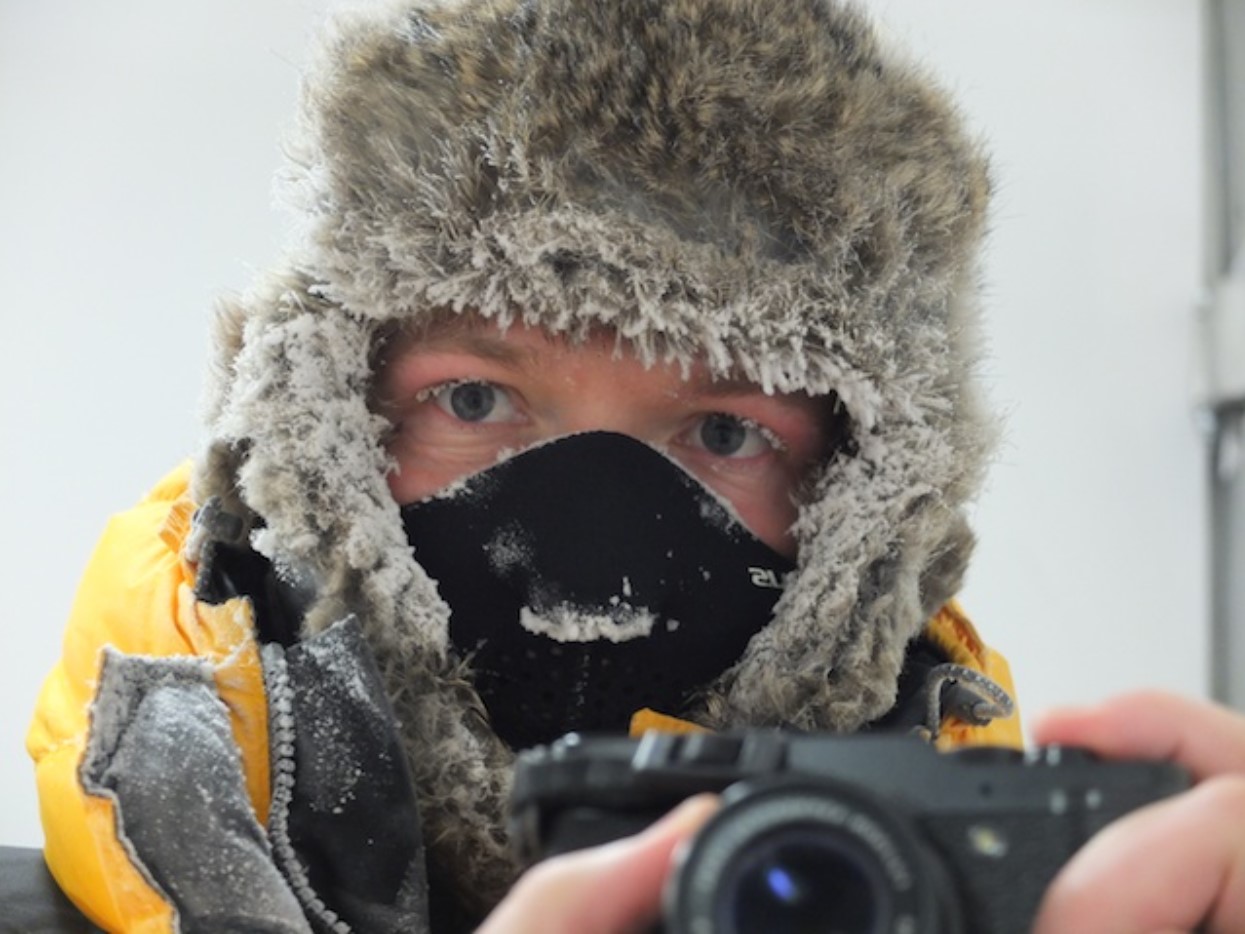
When icebergs are calved from an ice shelf in this way, it’s been observed in the past that an adjustment in the flow of ice into the shelf can follow.
If this is the case here, and the Brunt Ice Shelf now experiences an acceleration in flow, this could impact the behavior of other cracks and chasms in the area.
Further Destabilizations
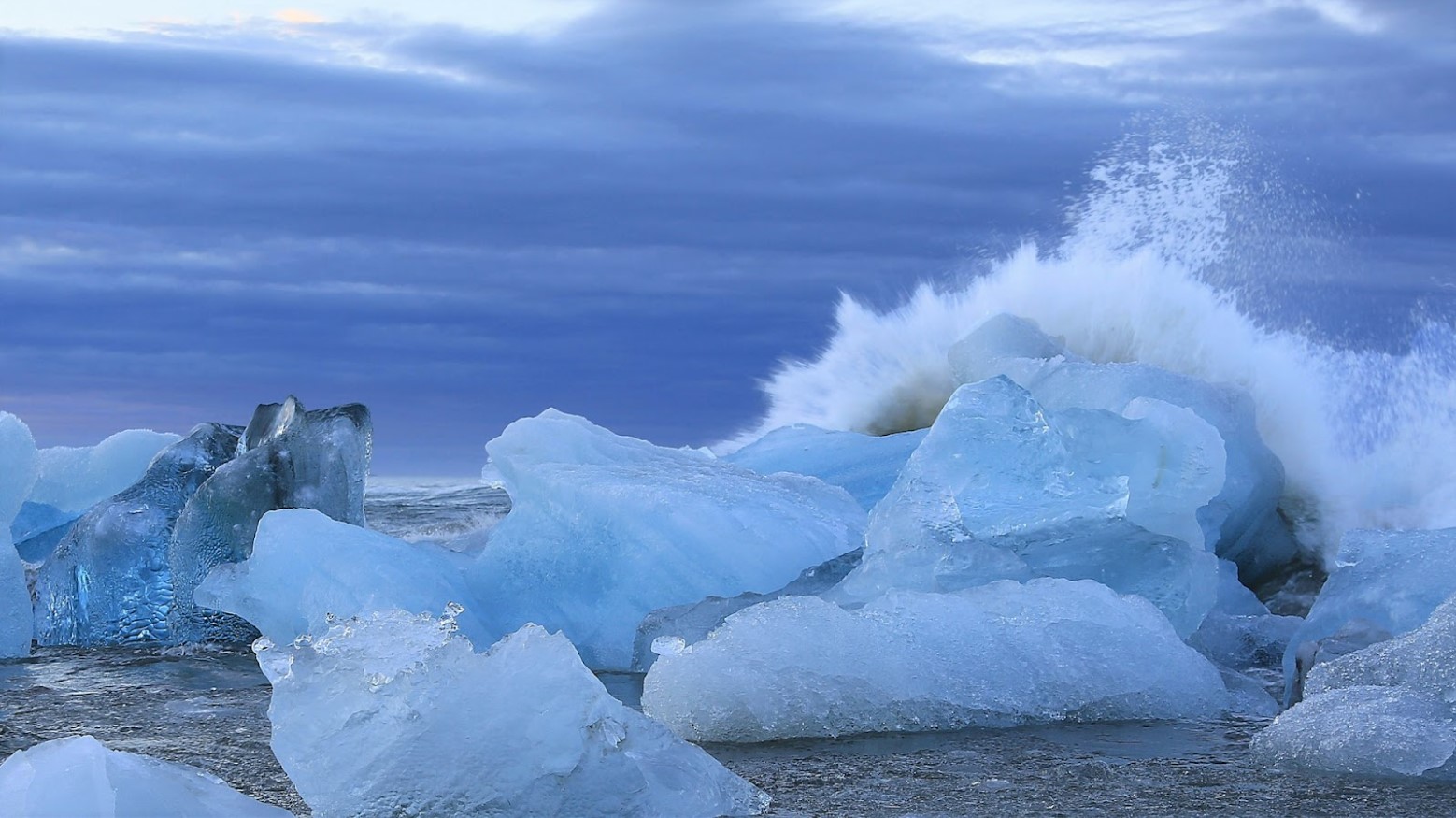
As the European Space Agency’s Mark Drinkwater describes, “strain release events” like this can be followed by further destabilization. Attention will now shift to the Halloween Crack, “whose extension could contribute to further destabilization of the Brunt Ice Shelf.”
He and his team will “be using the capabilities of the Copernicus Sentinels to closely monitor the behavior and stability of the remaining Brunt Ice Shelf.”
Climate Change Related?
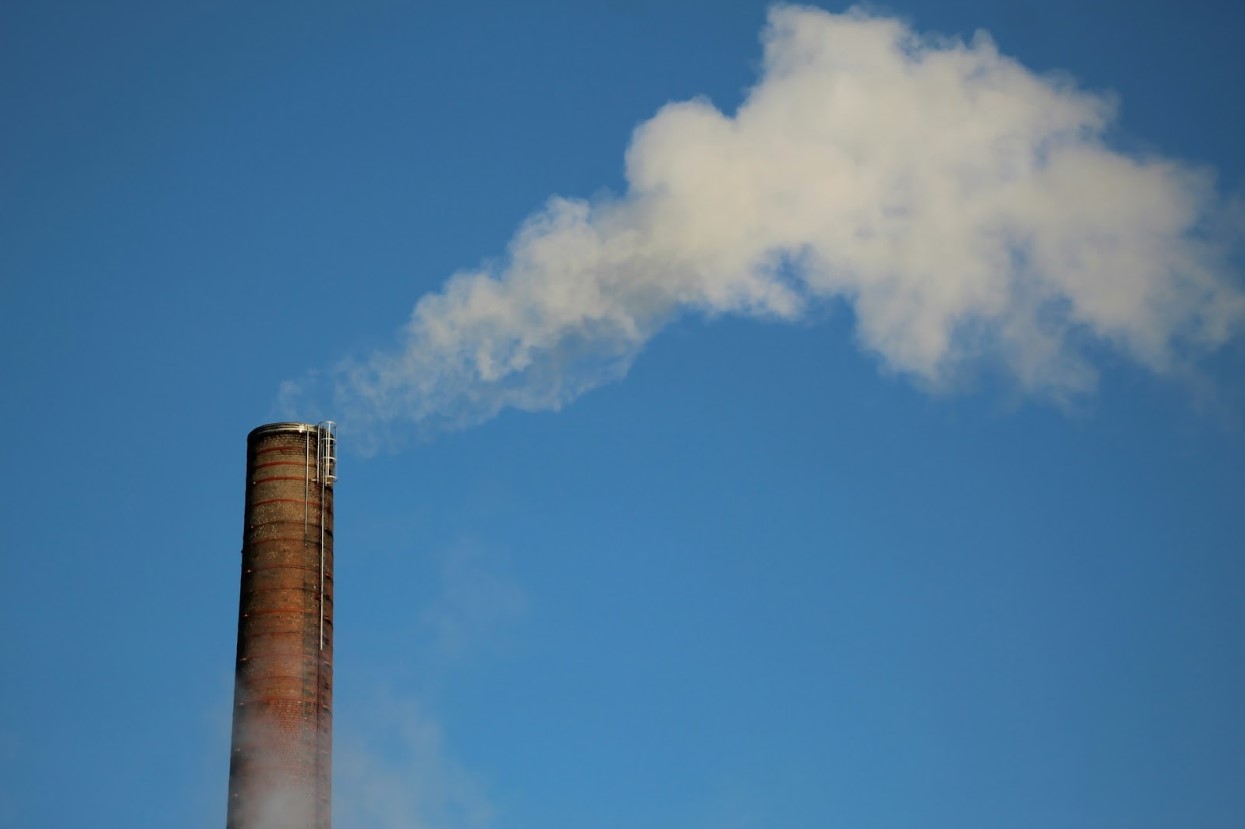
We have been warned for decades of the damaging impacts of a change in our planet’s climate, particularly regarding the potential impact a warmer planet will have on the polar ice caps.
This calving, however, does not seem to be linked to climate change. According to glaciologist Dominic Hodgson: “This calving event has been expected and is part of the natural behavior of the Brunt Ice Shelf. It is not linked to climate change.”
A New Iceberg Is Born
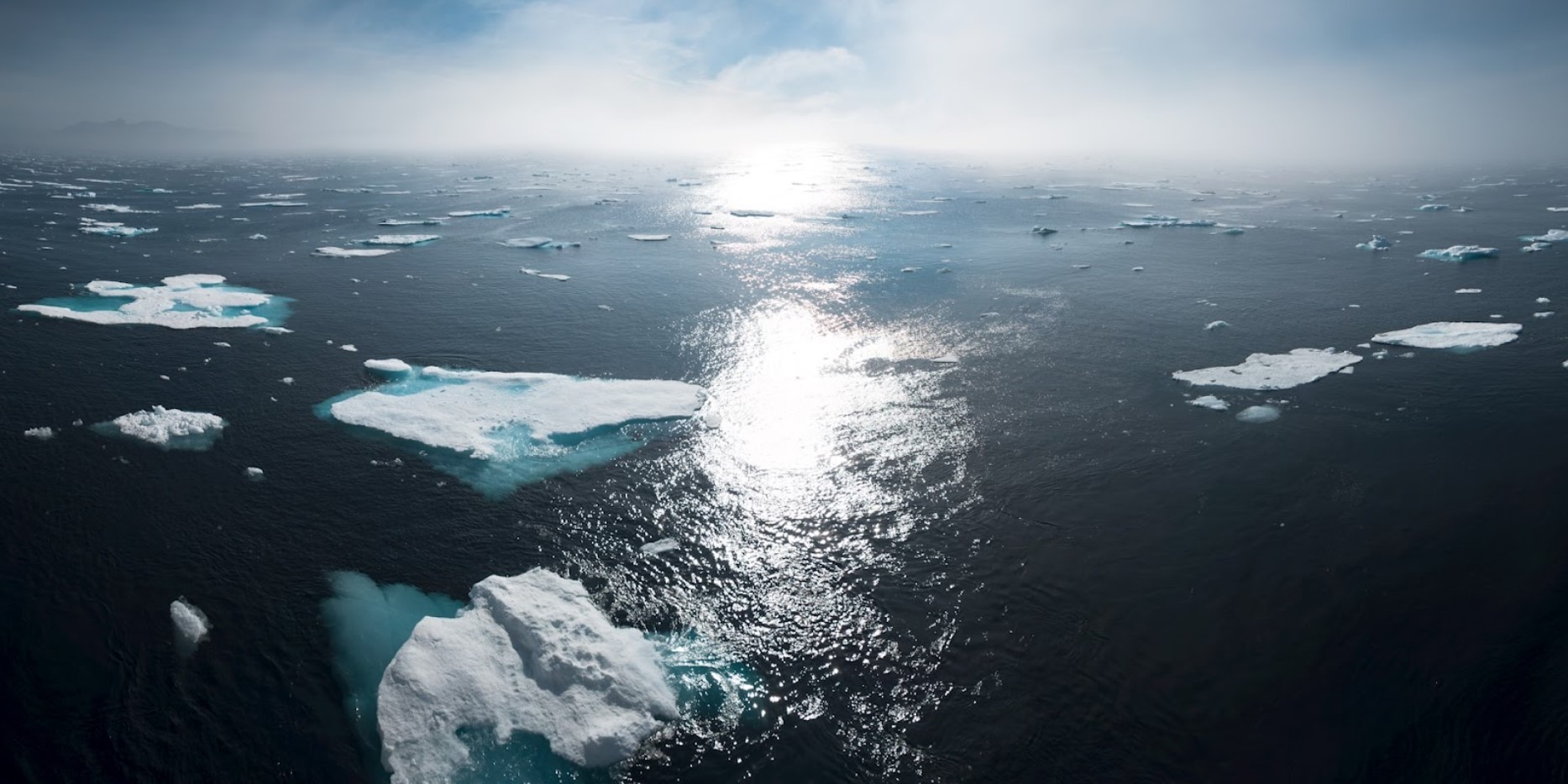
As awe-inspiring as the satellite images may be, they scarcely do justice to what it must have been like to witness this huge chunk of ice break away from the Antarctic ice shelf.
This calving event illustrates how the makeup of the polar ice caps can dramatically change even without factoring in the impact climate change is having on the structure of Arctic and Antarctic ice shelves.
